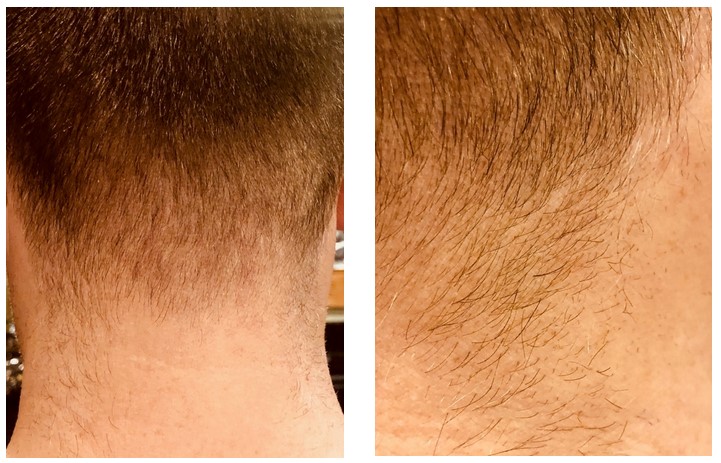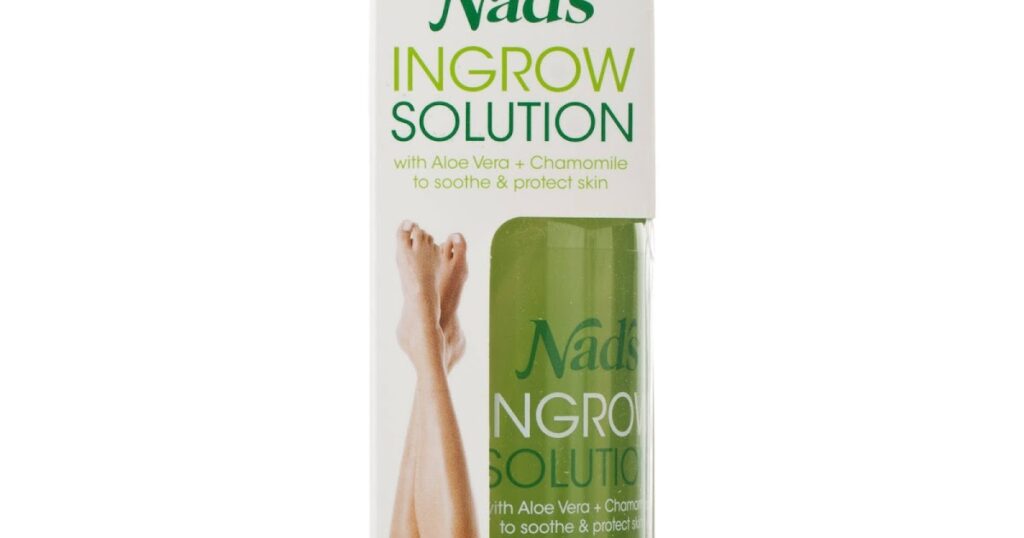Ingrown hair, also known as pseudofolliculitis barbae in medical terms, is a common skin condition that occurs when a strand of hair curls back or grows sideways into the skin. This can lead to discomfort, redness, and even infection if not treated properly. While ingrown hair is often associated with shaving, it can happen to anyone, regardless of their grooming habits. In this article, we will explore the causes, symptoms, and effective treatment options for ingrown hair.

What Are the Causes of Ingrown Hair?
Understanding the root causes of ingrown hair is essential for preventing and managing the condition effectively. Below are some of the primary factors that contribute to ingrown hair:
Hair Removal Practices
- Shaving: Shaving is one of the most common causes of ingrown hair. When you shave, the sharp edge of the cut hair can easily grow back into the skin, especially if the hair is curly or coarse.
- Waxing: Waxing removes hair from the root, but as the hair grows back, it may curl and re-enter the skin.
- Tweezing: Plucking hair can also lead to ingrown hair, as the new growth may struggle to break through the skin’s surface.
Hair Type and Texture
People with curly or coarse hair are more prone to ingrown hair. Curly hair has a natural tendency to bend back toward the skin, increasing the likelihood of it becoming trapped beneath the surface. Additionally, individuals with thick or dense hair may experience more frequent ingrown hairs due to the higher volume of hair follicles.
Skin Conditions
Certain skin conditions, such as eczema or acne, can exacerbate the risk of ingrown hair. These conditions may cause inflammation or irritation, making it harder for hair to grow out properly. Dry or irritated skin can also create a barrier that prevents hair from emerging naturally.
Tight Clothing
Wearing tight clothing, especially in areas where hair removal is common (such as the groin or legs), can increase friction and pressure on the skin. This can force hair back into the skin or irritate existing ingrown hairs, worsening the condition.
Recognizing the Symptoms of Ingrown Hair
Identifying the symptoms of ingrown hair is crucial for timely intervention. The signs can vary depending on the severity of the condition, but the following are the most common indicators:
Red Bumps
One of the earliest and most noticeable symptoms of ingrown hair is the appearance of small, red bumps on the skin. These bumps may resemble pimples and can be tender to the touch. They often occur in areas where hair removal has taken place, such as the face, legs, or bikini area.
Pain and Discomfort
Ingrown hair can cause mild to moderate pain, especially if the hair is deeply embedded in the skin. The affected area may feel sore or sensitive, and touching or applying pressure can exacerbate the discomfort.
Itching and Irritation
Many people with ingrown hair experience itching or irritation in the affected area. This is often due to inflammation caused by the trapped hair and the body’s immune response to the foreign object.
Pus or Infection
In severe cases, ingrown hair can lead to infection. If bacteria enter the hair follicle, pus-filled bumps may form. These bumps can be painful and may require medical attention to prevent further complications.
Hyperpigmentation
After an ingrown hair heals, it may leave behind dark spots or patches on the skin. This is known as hyperpigmentation and is more common in individuals with darker skin tones. While it is not harmful, hyperpigmentation can be a cosmetic concern for some people.
How to Treat Ingrown Hair Effectively
While ingrown hair can be uncomfortable, there are several effective ways to treat and manage the condition. Below are some strategies to help alleviate symptoms and promote healing:
Exfoliate Regularly
Exfoliation is one of the most effective ways to prevent and treat ingrown hair. By removing dead skin cells and debris from the surface of the skin, exfoliation helps clear the path for hair to grow out naturally. You can use a gentle scrub or a chemical exfoliant containing ingredients like salicylic acid or glycolic acid. Be sure to exfoliate the affected area two to three times a week to avoid over-irritating the skin.
Apply Warm Compresses
A warm compress can help reduce inflammation and soften the skin, making it easier to remove trapped hair. To use this method, soak a clean washcloth in warm water and apply it to the affected area for 5 to 10 minutes. Repeat this process several times a day to encourage the hair to emerge from the skin.
Use Topical Treatments
Over-the-counter creams and ointments can provide relief from the symptoms of ingrown hair. Look for products containing hydrocortisone, which can reduce redness and swelling, or tea tree oil, which has antibacterial properties. Applying these treatments after exfoliation can enhance their effectiveness.
Avoid Picking or Squeezing
It may be tempting to pick at or squeeze an ingrown hair, but doing so can worsen the condition and increase the risk of infection. Instead, allow the hair to emerge naturally or seek professional assistance if necessary.
Consider Professional Hair Removal
If you frequently experience ingrown hair, you may want to explore alternative hair removal methods that are less likely to cause the condition. Laser hair removal and electrolysis are long-term solutions that permanently reduce hair growth, minimizing the risk of ingrown hair.
Maintain Proper Skincare
Keeping your skin healthy and hydrated can go a long way in preventing ingrown hair. Use a moisturizer that suits your skin type to maintain its natural barrier and prevent dryness. Avoid using harsh products or fragrances that can irritate the skin and exacerbate the condition.
Consult a Dermatologist
If home remedies and over-the-counter treatments fail to improve your condition, it may be time to consult a dermatologist. A dermatologist can provide specialized treatments, such as prescription medications or in-office procedures, to address stubborn or severe cases of ingrown hair.
Preventing Ingrown Hair in the Future
While treating ingrown hair is important, taking steps to prevent it from occurring in the first place is equally crucial. Here are some tips to minimize your risk:
- Change Your Shaving Technique: Use a sharp razor and shave in the direction of hair growth to reduce the likelihood of ingrown hair. Applying a lubricating shaving cream or gel can also help protect the skin.
- Opt for Single-Blade Razors: Multi-blade razors can cut hair too close to the skin, increasing the risk of ingrown hair. Switching to a single-blade razor may help mitigate this issue.
- Moisturize After Hair Removal: Applying a soothing moisturizer after shaving or waxing can calm the skin and reduce irritation.
- Wear Loose Clothing: Opt for loose-fitting clothes, especially in areas prone to ingrown hair, to minimize friction and pressure on the skin.
By understanding the causes, recognizing the symptoms, and implementing effective treatment and prevention strategies, you can successfully manage ingrown hair and maintain healthy, smooth skin.





